Cows can produce more milk and benefit from the forest
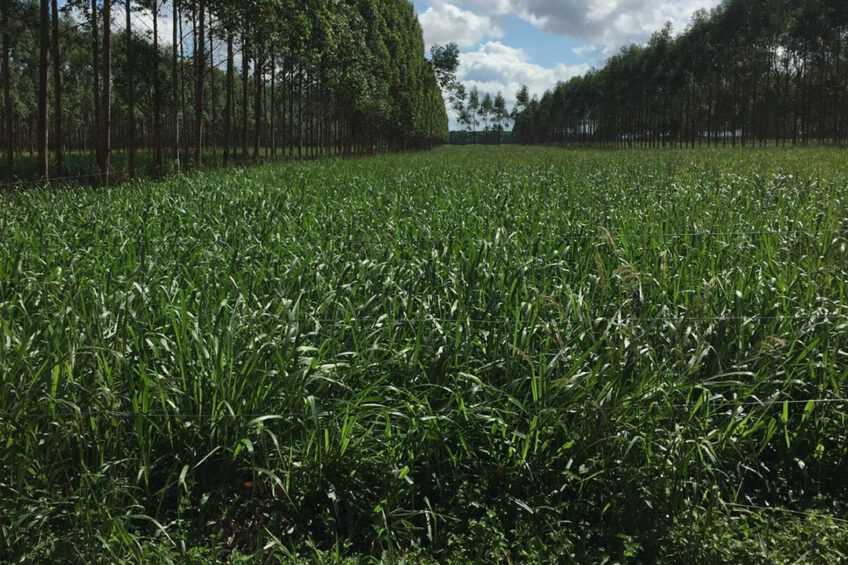
The Integrated Crop, Livestock and Forestry (ICLF) model integrates animals and eucalyptus to double profitability and reduce carbon emissions.
Rancher Valter Falcão Filho was looking, like every producer, to make his land more profitable and sustainable at the same time. The answer was not a single crop or technique, but a method that consolidates crops and techniques: Integrated Crop, Livestock and Forestry (ICLF).
Located in Teixeira de Freitas city, Bahia state, Brazil, the Fazenda Primavera was cultivating eucalyptus in order to supply local paper industry since 2000.
Nonetheless, around 2014, the pulp business had changed and he decided to add cattle in the same area. At the beginning, the experiment put 200 calves into 800 ha of eucalyptus forest and good results started to appear.
“I thought that just one cow could give birth to 2 calves per year and that is more profitable than one hectare of trees. Many people laughed at me, but we achieve profitability after the third cycle,” he says.
Due to this, the same people that discredited the ICLF initiative before, nowadays, go there to see Fazenda Primavera´s intercropped production working and its remarkable results.
Multiple benefits
Currently, Mr Valter maintains 45,000 trees, 500 calves and 70 lactating cows in the same area with mutual benefits. The first of them is a higher level of productivity in milk and reproduction. His herd is the Girolando breed, a half/half mixture between Holstein and Gir, and achieve 37,5% more prolificacy than the average in the region. It means Fazenda Primavera´s index is around 55% and its neighbours get just 40%.
With regard to milk production, they achieve 18 litres per animal daily, which means about 80% more than national average. In fact, the average Brazilian milk production is just 3,500 litters per cow per year, with exception to the big producers, thanks to climate and low technology level adoption.
“These results have just one reason behind them: the temperature is 5 degrees lower under the trees. It makes a big difference for the cattle. So, I gain on livestock and also can sell eucalyptus. My profitability per hectare has doubled since them,” he admits.
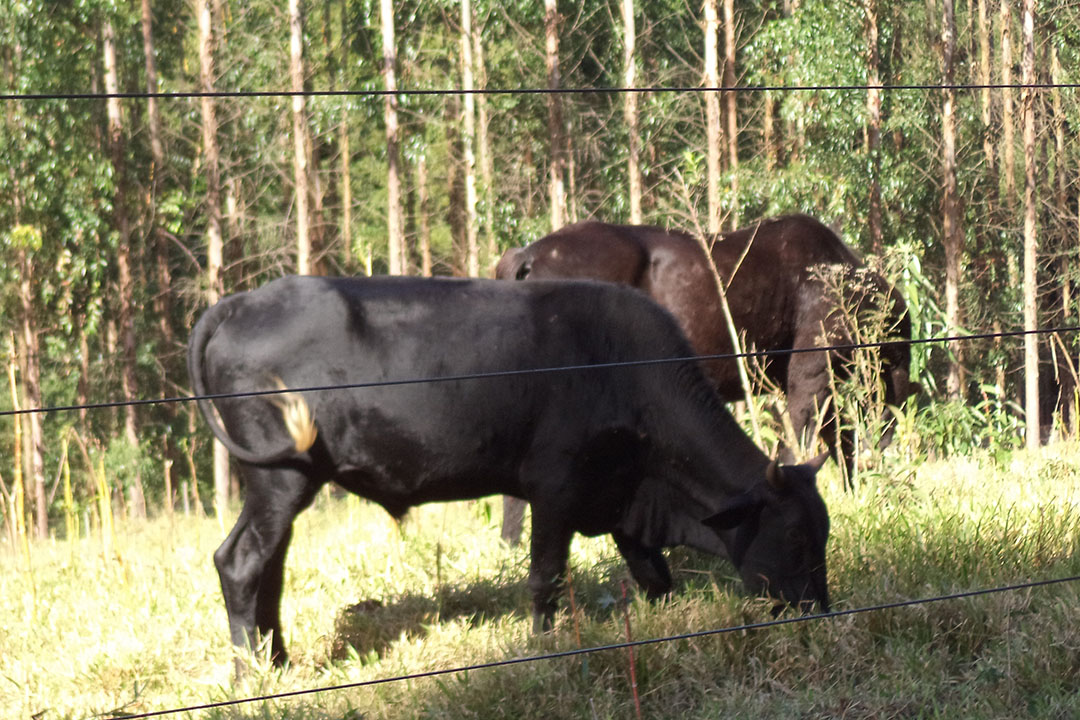
Plans
The next step, according to him, is to increase the herd to 100 lactating animals and introduce a third crop in the system: corn. “I am planning to introduce grains, maize, to be precise, into the system. I also think it could make the business more sustainable, stable and profitable,” he adds.
In that sense, Mr Valter already has demand for all these products. The largest dairy industry in the region needs more supplying, several locksmiths have a need for the wood and the corn can feed his cows. The ICLF can generate multiple benefits. Grain fixes nutrients in the soil to the forest and vice-versa, trees protect animal welfare, and cows consumes grains, reducing cost and carbon emissions.
Scientific view
Isabel Ferreira, researcher at Embrapa Cerrados, has published a study about dairy farming under Integrated Crop, Livestock and Forestry (ICLF).
She evaluated 140 Gir and Girolando breed cows for 3 years on different aspects and found several advantages just for “putting cows in the shade” in comparison to animals exposed to the sun.
Each cow produced 24% more milk during the rainy season and 17% more at drought season eating just pasture, without concentrates. “This is very relevant mainly to small producers that are the majority in Brazil. They don’t have much access to others technological alternatives,” she said.
Animal welfare was also measured. Rumination periods increased by 30% because cows had their skin superficial temperature 2 degrees lower. Another consequence was 4 times more viable embryos per cow.
“These are numbers that producers can´t see when they are involved just in daily productive practices. Many of them think Zebu breeds are not affected by the heat, but it is not true. This is a great opportunity for them to improve their business with very low investment,” she adds.
“These are numbers that producers can´t see when they are involved just in daily productive practices. Many of them think Zebu breeds are not affected by the heat, but it is not true. This is a great opportunity for them to improve their business with very low investment,” she adds.
Pasture
The model increases the protein concentration by 30% and digestibility by 6% in the pasture grown under the trees.
“This is key because pasture is cheap feed but it needs to be of quality. Simple practices allowed a great jump of productivity. It is not so difficult for ranchers. They have lot of opportunities for silage,” she comments.
In addition, better feed to the animals also reduces methane emissions to 18.5 grams per kilo of milk. Worth mentioning is that ICLF model favours crops and forestry carbon sequestration and reduces dependence on chemical fertilisation due to biological nitrogen fixation (BNF).
“The ICLF system is still very incipient for dairy farming, not more than 2 or 3% of Brazilian production. It has a lot of ground to grow, the producer will feel when the dairy industry requires net zero. The potential is millions and millions of hectares,” she concludes.
 Beheer
Beheer

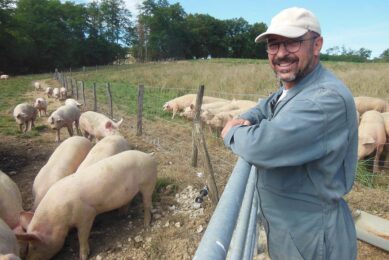
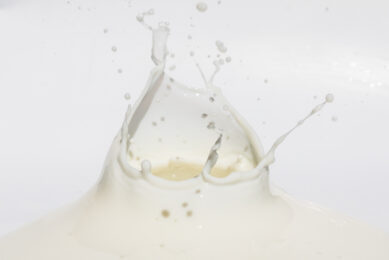
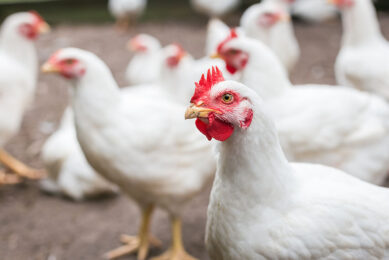

 WP Admin
WP Admin  Bewerk bericht
Bewerk bericht